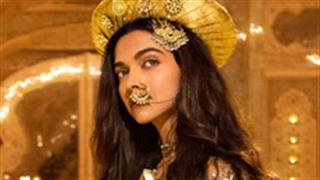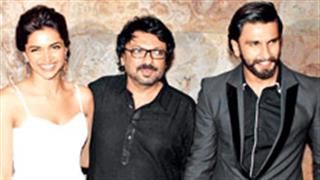Talking ahead Mahika adds, "On the final day of Vijayadashmi, the devotees bid teary-eyed farewell to the Goddess and her children as it is believed that they leave for their heavenly abode. Their idols are submerged in the water amidst the resonating sound of dhak to symbolize their departure."

Talking about the significance of Durga Puja Assame beauty Mahika adds, "The basic essence of this festival, but one could not be further away from the truth. The real and core essence of the festival remain the religious values and teachings that have been passed down from one generation to another in the Hindu households and communities. Thus, Durga Puja remains a devotional celebration, which honors the divine Goddess Durga. The first four days of the ten-day long festival are designated for the ceremonies of Kalash Sthapana and Kalsh Pooja.
The main rituals and prayer ceremonies start with the day of Mahalaya, when the goddess invoked in the idol. On the last five days of the festival, devotees visit the puja pandals in large numbers and make offerings to the goddess in the form of 'Pushpanjali', Aarti and 'Bhog'. On each of these five days, different kinds of bhogs (sanctified food items) are offered along with special puja rituals. Usually, these rituals are performed by a priest in the community puja on behalf of the entire community. During the festivities, people visit their community pandals for observance of prayer rituals, music, dances, and food performances, but they also visit other pandals to pay respect to the goddess. In the diverse nation such as India, this festival binds together people of different regions with a sacred thread of devotion towards the Mother Goddess."













